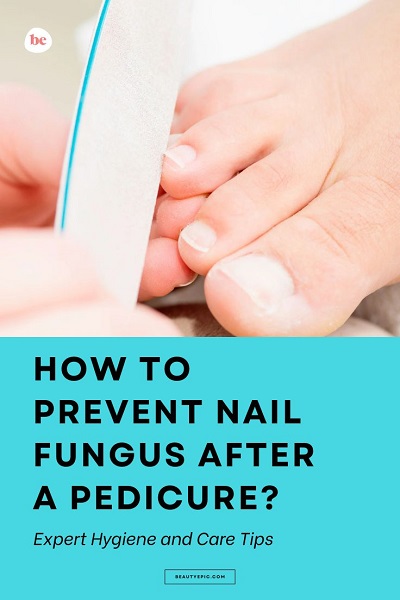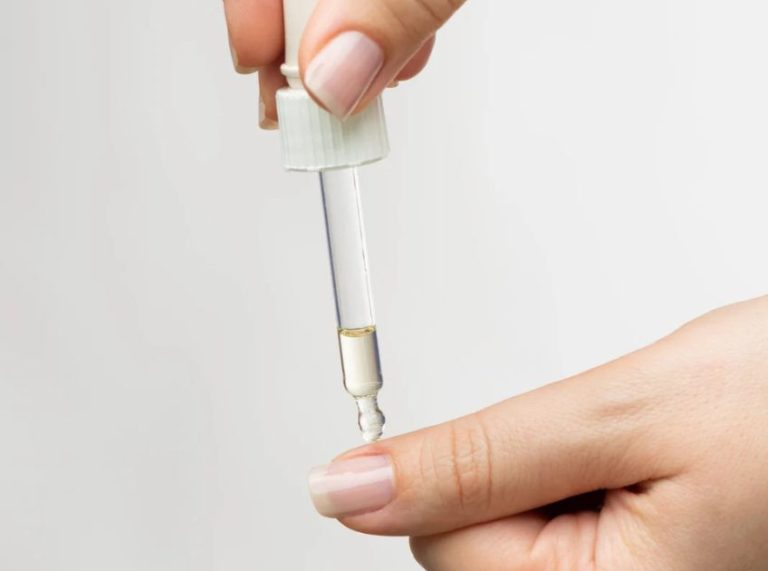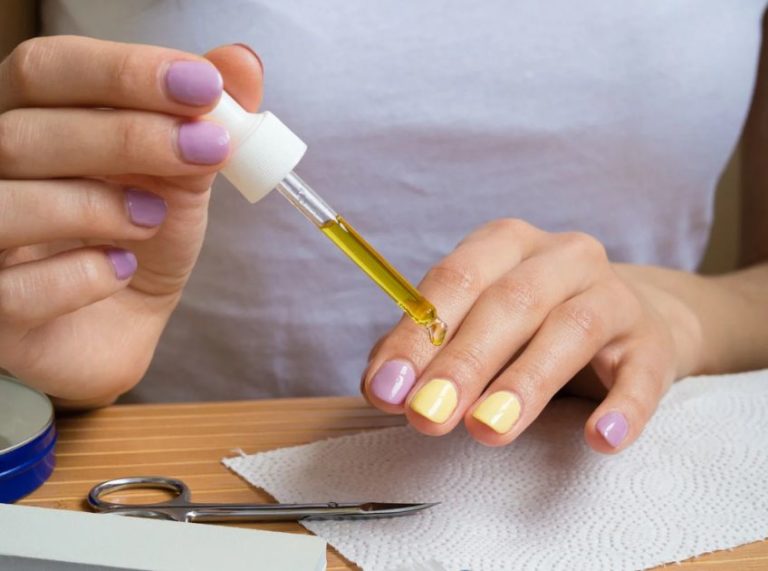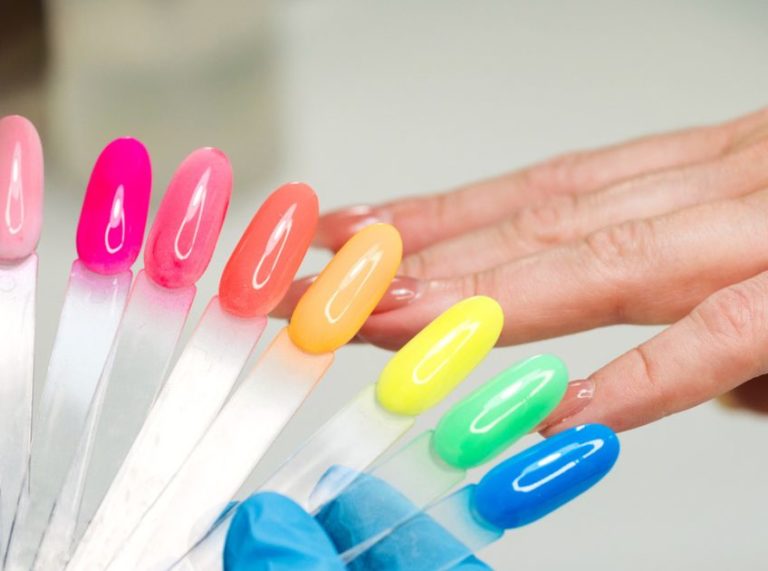
Important: This article is for informational purposes only. Please read our full disclaimer for more details.
A pedicure should leave you feeling pampered, not worried about fungal infections. Unfortunately, nail fungus is a real risk, especially if hygiene isn’t a top priority during or after your pedicure. It can start subtly—with discoloration or thickening—and quickly turn into a persistent problem.
The good news? With tips and smart habits, you can enjoy every pedicure without fear of nail fungus (1). In this post, we’ll walk you through how nail fungus develops, how to prevent it, and how to care for your feet post-pedicure.
What Causes Nail Fungus After a Pedicure?
Nail fungus (onychomycosis) is caused by fungi like dermatophytes, yeasts, or molds that thrive in moist, warm environments, like salons with shared tools, damp floors, or sweaty socks. After a pedicure, tiny cuts or gaps in your nail or skin can make it easier for these fungi to enter.
Common risk factors include:
- Improperly sterilized tools
- Walking barefoot in public areas (salons, pools, gyms)
- Wearing tight or damp shoes
- Minor nail or skin trauma during the pedicure
If not treated early, fungal infections can lead to thick, yellow nails, foul odor, or even permanent nail damage.
Smart Salon Habits: Choose Clean Over Cheap
The first step to prevention starts before the polish is even applied—at the salon.
Here’s what to check before getting your pedicure:
- Tool Sterilization: Make sure the salon uses sealed, sterilized tools or brings out new disposable ones.
- Footbaths: Avoid salons that reuse water in foot tubs. Ideally, tubs should be lined or disinfected between clients.
- Technician Hygiene: Nail techs should wash their hands, wear gloves if needed, and not reuse files or buffers.
- Licensing & Reviews: Choose salons that are licensed and follow proper hygiene protocols. Check online reviews before booking.
Pro Tip: Bring your nail tools if you’re unsure about the salon’s cleanliness practices.
At-Home Aftercare: Keep Fungus Away
Even if your salon pedicure is spotless, your post-care routine matters just as much. Fungus can develop days or even weeks later if you don’t take preventive steps.
1. Keep Feet Dry and Clean
Moisture feeds fungal growth. After your pedicure:
- Dry your feet thoroughly after showers, especially between your toes
- Change socks daily and avoid synthetic materials
- Air out your shoes between wears
If your feet tend to sweat, sprinkle antifungal foot powder or cornstarch inside your socks or shoes.
2. Disinfect Shoes and Tools Regularly
Fungus can live in your shoes, socks, or on your tools. Clean them regularly to avoid reinfection.
- Spray inside shoes with antifungal spray.
- Wash socks in hot water.
- Sanitize home nail tools with rubbing alcohol before and after use
Avoid sharing tools—even with family members.
3. Avoid Nail Trauma
Over-trimming or pushing cuticles too hard can create small entry points for fungus. Be gentle and:
- Don’t cut cuticles—push them back with a soft cuticle pusher
- Use nail clippers only when nails are soft (after a shower or soak)
- Avoid aggressive buffing, which can thin the nail plate
Lifestyle Habits That Keep Feet Fungus-Free
Prevention goes beyond the salon and home pedicures. These simple lifestyle habits will help protect your nails long-term:
- Alternate footwear daily to allow full drying
- Use shower shoes in gyms, spas, and public bathrooms
- Wear breathable shoes and moisture-wicking socks
- Let your nails “breathe” by taking polish breaks every few weeks
If you notice any signs of fungus—thickened nails, discoloration, or brittleness—consult a podiatrist early. Fungal infections are easier to treat in the early stages.
Frequently Asked Questions (FAQ’S)
1. How can I tell if I have nail fungus after a pedicure?
A. Early signs include a yellow or white spot under the nail tip, thickened nail texture, or brittle edges. As it progresses, the nail may discolor, lift, or produce odor. If in doubt, consult a dermatologist or podiatrist.
2. Can I wear nail polish if I have toenail fungus?
A. It’s not recommended. Nail polish can trap moisture and create the perfect environment for fungus to thrive. If treatment is underway, avoid polish until the infection clears.
3. Are home remedies effective for nail fungus?
A. Mild infections may respond to topical antifungals or home remedies like tea tree oil. However, persistent or severe cases usually require prescription treatments. Always consult a healthcare provider before relying on DIY methods.
Final Thoughts
Nail fungus can be a frustrating side effect of a relaxing pedicure, but it doesn’t have to be. With the right hygiene habits, a clean salon, and proper aftercare, you can keep your toenails healthy, strong, and fungus-free. A little care goes a long way in keeping your post-pedicure feet not only beautiful, but healthy too.
















